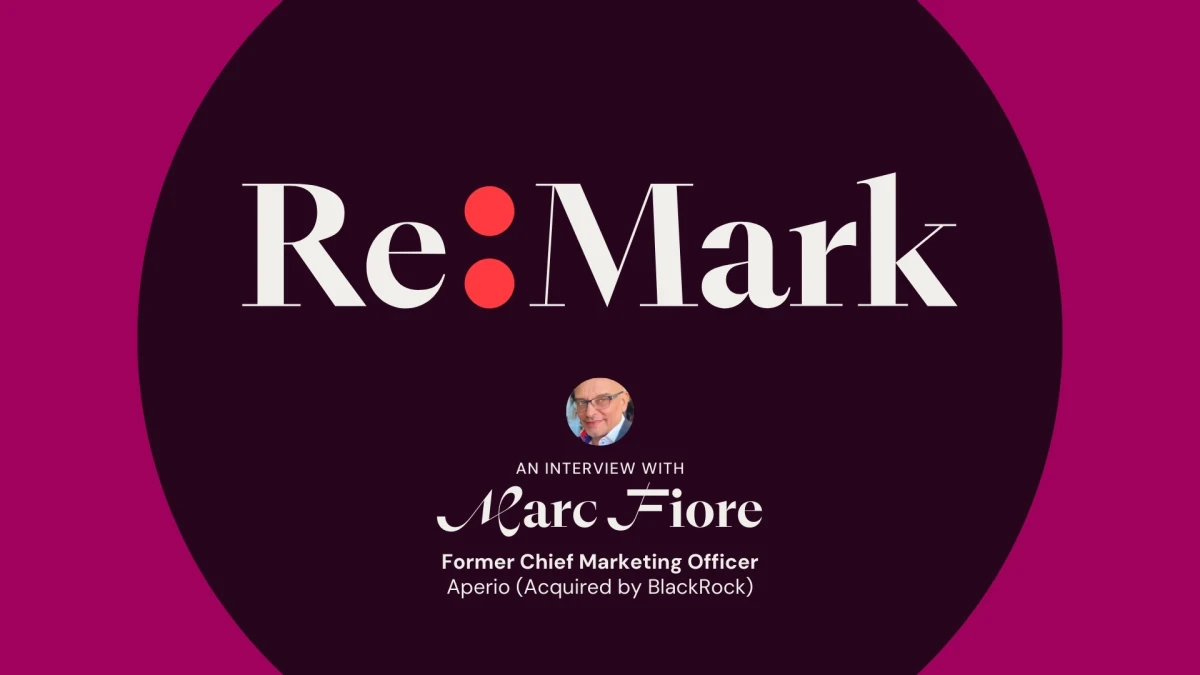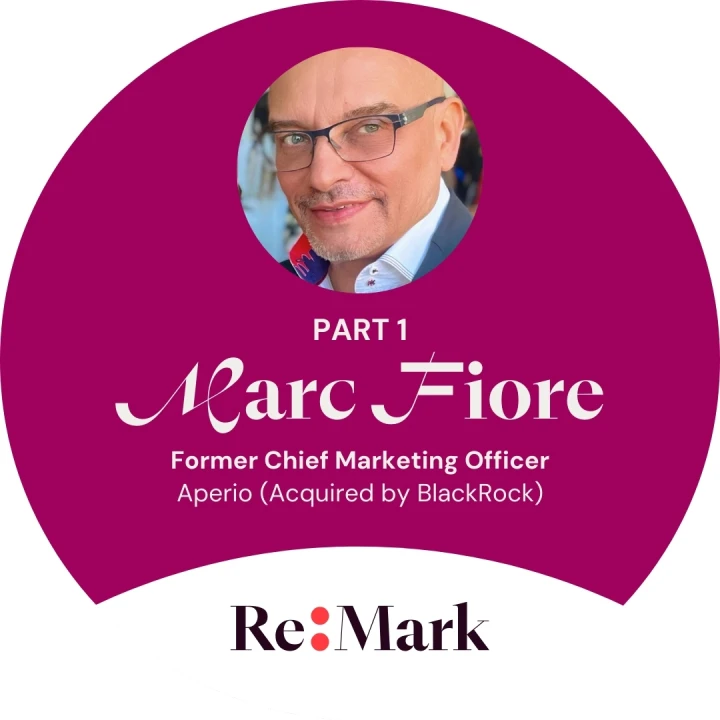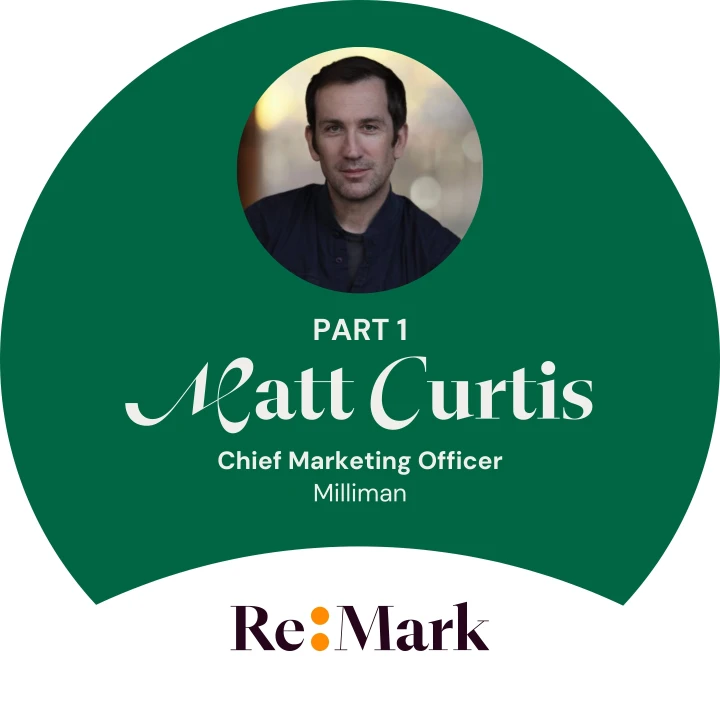Rebranding after an acquisition can feel like negotiating a truce between two nations. There are egos, legacy systems and unspoken internal dynamics at play—and if you misstep, the whole effort can go sideways.
In Part 1, we heard how Marc Fiore, former CMO of Aperio, helped preserve the company’s identity after its BlackRock acquisition. Now, let’s dive into his top three lessons for anyone leading a similar effort.
#1 – Your agency choice can make or break
Many companies default to big-name agencies for high-stakes projects. Aperio took their own approach. "We didn’t go with a ‘safe’ corporate agency. We picked partners we trusted, people who would push back when needed, not just yes-men. If your agency is afraid to challenge you, they won’t challenge the acquiring company either."
His advice? Look for chemistry, not just credentials. "Go with people you have a genuine connection with. The road will likely be messy and you need a team that can navigate it with you—not just execute a checklist. You also need to look for agencies that ask the uncomfortable questions early. When we presented our shortlist, we highlighted how each firm approached the tension between preservation and integration and that's what ultimately won approval."
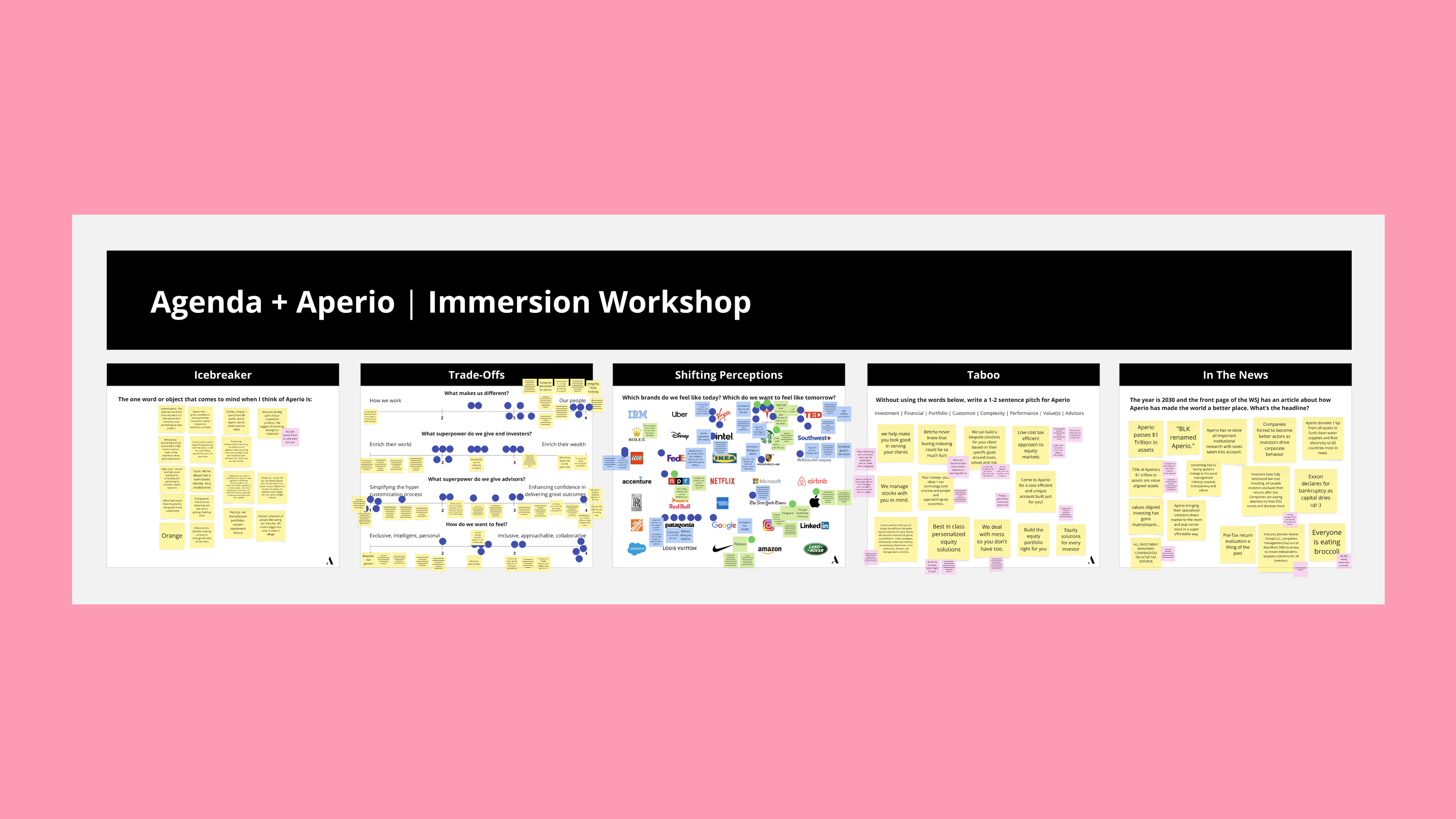
#2 – Internal politics are where success lives and dies
A rebrand’s success often hinges on stakeholder buy-in—before the creative work even begins. "You can’t just present the final brand and hope for the best. You have to build trust early with key stakeholders, otherwise they’ll kill it with one eyebrow raise.”
The Aperio team held preemptive conversations with BlackRock to smooth the way forward. “We mapped every potential objection before they surfaced. By the time we presented to BlackRock leadership, we'd already addressed 80% of their likely concerns through informal conversations."
They also framed Aperio’s uniqueness as an asset, not a threat. "We didn’t say, ‘We need to be different.’ We said, ‘Here’s how our differentiation makes BlackRock stronger.’ That shift in framing was everything." It created an entirely different dynamic that both sides could feel good about for the journey ahead.
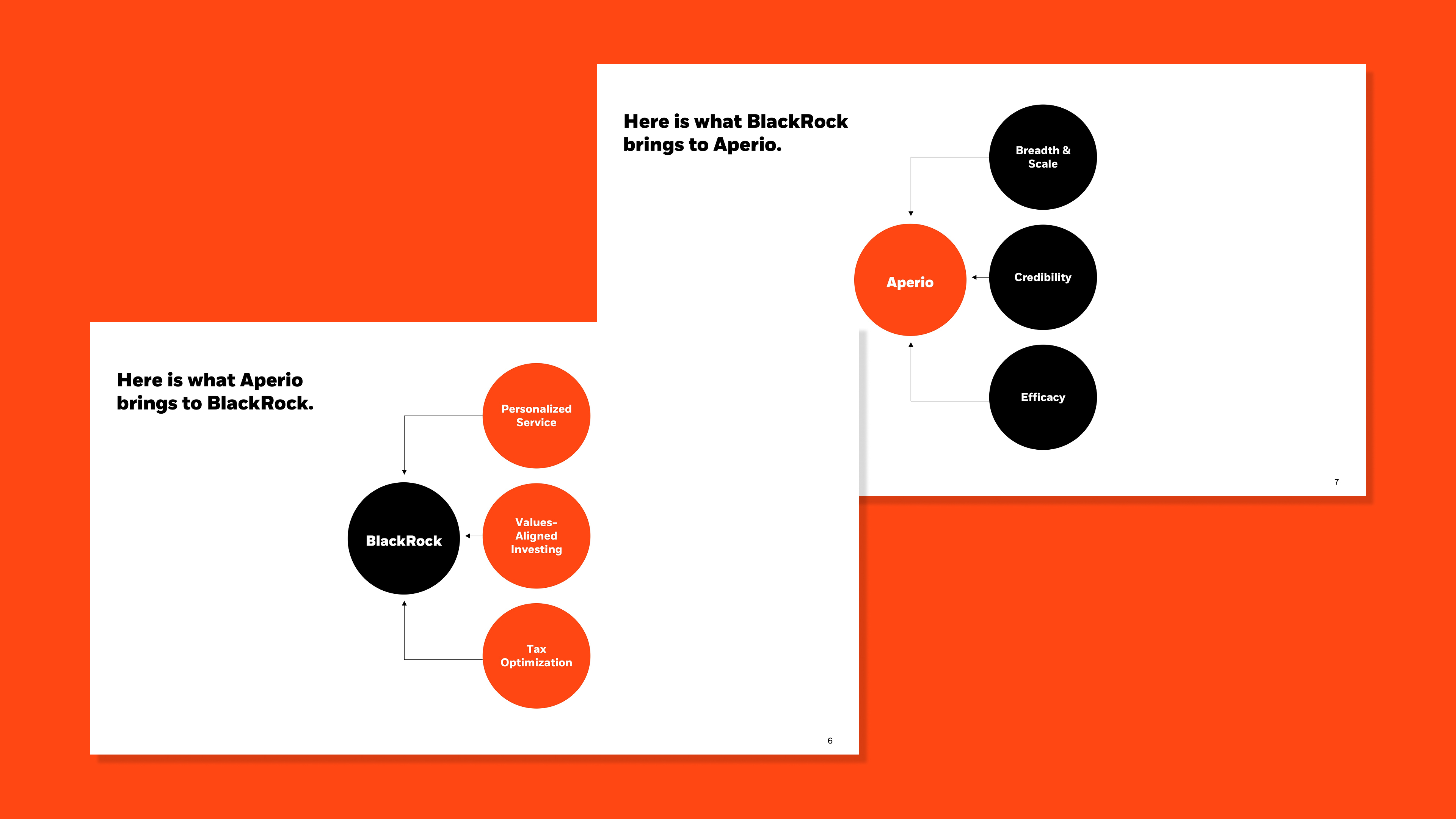
#3 – Stand your ground (but pick your battles)
In corporate rebrands, compromise is inevitable—but the trick is to never compromise on the wrong things. "You need a spine. If you believe in something, fight for it, but do it in a way that shows you understand the other side’s priorities."
When BlackRock’s team was uncertain about the uniqueness of Aperio’s visual direction, the Aperio team didn’t just defend it—they tied it to business outcomes. "We showed how our branding would help retain Aperio’s clients and attract new ones for BlackRock more broadly. When you link creative choices to revenue, objections fade quite quickly."

Final thought – Rebranding as change leadership
Marc's ultimate insight transcends branding: "This wasn't a design challenge…it was change management. The branding and visuals were just the most visible part of convincing two cultures they could thrive together."
Facing a similar challenge? Catch up on Part 1 to learn how Marc Fiore helped lead Aperio through their integration into the BlackRock brand ecosystem.

